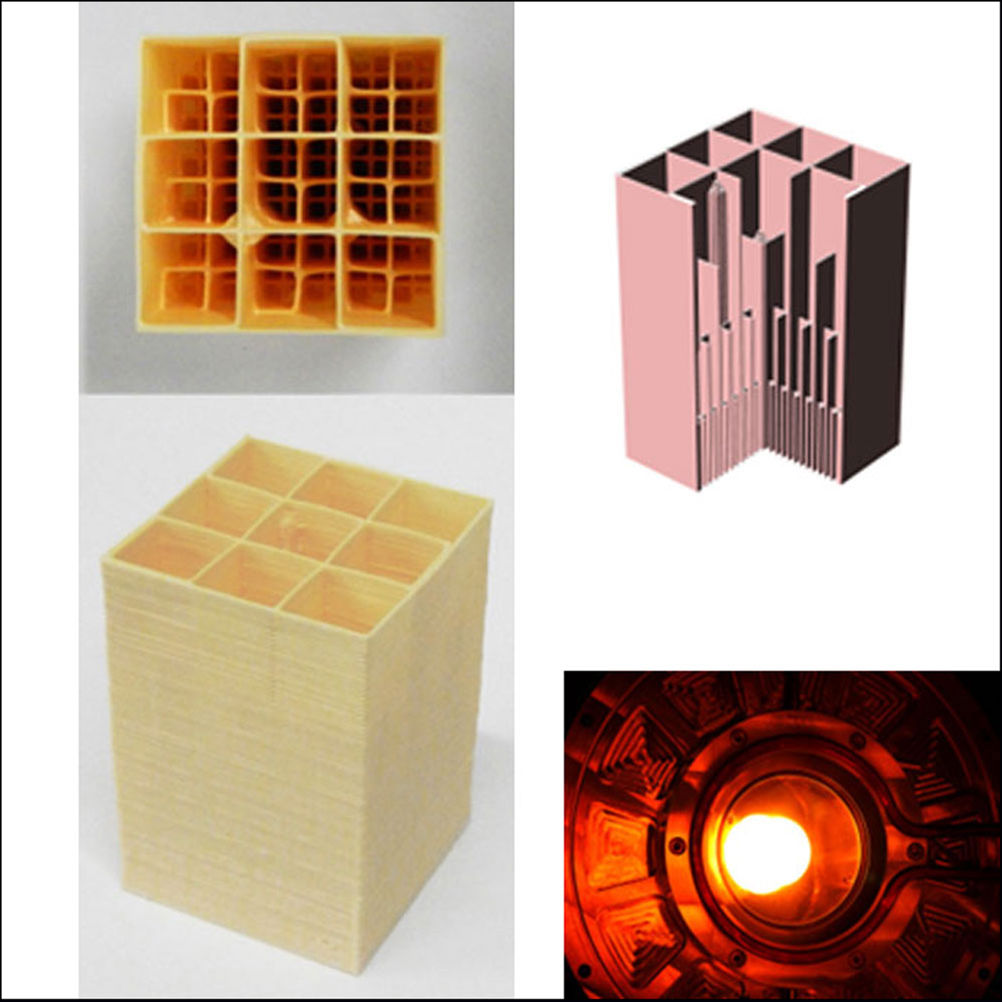The Swiss technical university has been working on solar fuels for almost a decade, developing a patented reactor that uses concentrated sunlight to convert CO2 and water into syngas. This then forms the basis for fuels like solar kerosene for low-carbon aviation.
Related content
Through spinouts Climeworks and Synhelion, ETH Zurich has been commercialising the technology, working with partners including Lufthansa and Zurich Airport. Its first industrial-scale solar plant is due to begin operations in Germany soon, with a first commercial plant in Spain due to come online in 2025/2026, capable of producing 1.25 million litres of sustainable aviation fuel (SAF) per year.
ETH now claims that it has developed technology to dramatically increase the efficiency of its core process. In a paper published in Advanced Materials Interfaces, the researchers describe the new technique that has enabled the leap forward: an extrusion-based 3D printing process that uses a bespoke ink with low viscosity and a high concentration of ceria particles, maximising the solar reactor’s redox active material.

The new method allowed them to manufacture ceramic structures with complex pore geometries, transporting solar radiation more efficiently into the reactor’s interior. According to the team, hierarchically ordered designs with channels and pores open at the top surface, but which become narrower towards the rear of the reactor, have proven to be particularly efficient.
This arrangement ensures that the whole porous structure reaches the reaction temperature of 1500°C, boosting fuel generation. Compared with previous designs, ETH Zurich claims the new 3D-printed reactor structures can produce twice as much solar fuel with the same input of concentrated solar radiation.
“This technology has the potential to boost the solar reactor’s energy efficiency and thus to significantly improve the economic viability of sustainable aviation fuels,” said Aldo Steinfeld, ETH Professor of Renewable Energy Carriers.
The technology for 3D printing the ceramic structures has already been patented, with Synhelion acquiring the license from ETH Zurich.











McMurtry Spéirling defies gravity using fan downforce
Ground effect fans were banned from competitive motorsport from the end of the 1978 season following the introduction of Gordon Murray's Brabham...